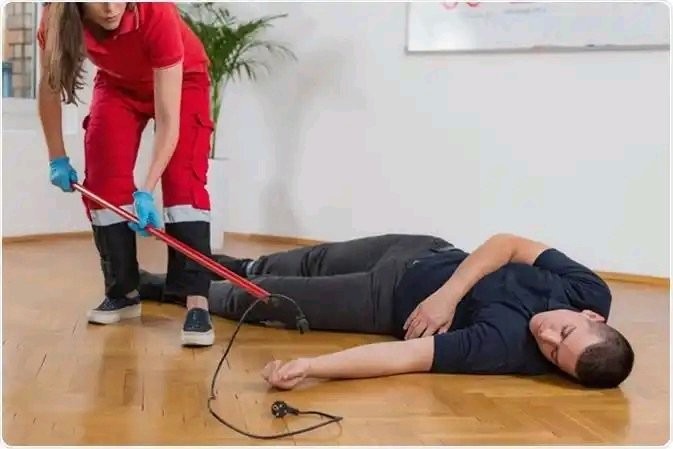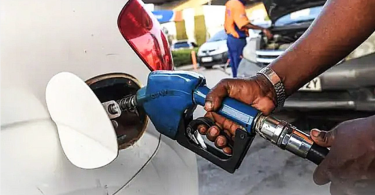Electrocution is a potentially life-threatening emergency that occurs when a person is exposed to an electrical current. Whether it’s a domestic accident or an occupational hazard, knowing what to do in such situations can make a significant difference in saving a life. According to webmd, This article will provide a well-detailed guide on what actions to take immediately if a person gets electrocuted.
Assess the Situation:
The first step when encountering an electrocution incident is to assess the situation. Ensure your own safety by disconnecting the power source or switching off the main power supply. If this is not possible, try to separate the person from the electrical source using an insulating object, such as a wooden stick or a non-conductive material, while avoiding direct contact.
Call for Help:
Simultaneously with assessing the situation, immediately call for emergency medical assistance. Dial the emergency number in your country (such as 911) to report the electrocution incident. Provide clear and concise information about the location, nature of the incident, and the condition of the victim. It is crucial to obtain professional help as soon as possible.
Ensure Personal Safety:
Before attempting to help the electrocuted person, ensure your own safety. Avoid touching the person or the electrical source directly. If the electrical current is still active, you risk becoming a victim yourself. Ensure you are standing on dry ground and consider wearing protective gear like rubber gloves and boots to reduce the risk of electric shock.
Interrupt the Electrical Contact:
If the electrocuted person is still in contact with the electrical source, it is essential to break the connection without putting yourself at risk. Use a non-conductive object, such as a dry wooden broomstick, a plastic chair, or a rubber mat, to separate the person from the source. Avoid using metal objects as they conduct electricity and may lead to electrocution.
Perform CPR, if necessary:
Check the person’s breathing and pulse immediately. If they are not breathing or do not have a pulse, it is crucial to begin cardiopulmonary resuscitation (CPR) right away. Place the person on a flat surface and follow the guidelines for CPR, which involves chest compressions and rescue breaths. If you are unfamiliar with CPR techniques, the emergency operator can guide you through the process until professional help arrives.
Do Not Move the Person:
Unless there is an immediate danger, such as a fire or an impending collapse, it is generally recommended not to move an electrocuted person. Moving them can potentially cause further injury or complications, especially if there are fractures or spinal injuries. Instead, focus on providing immediate medical attention and wait for the arrival of medical professionals who are trained to handle such situations.
Monitor and Reassure the Person:
While waiting for medical assistance to arrive, closely monitor the person’s vital signs, including breathing and pulse. Offer reassurance and keep the person calm, as stress and panic can worsen their condition. Encourage others around to maintain a safe distance and avoid unnecessary interference.
Provide First Aid:
If the person appears to be stable and conscious, provide basic first aid while waiting for medical professionals. Cover any visible burns or wounds with a clean, non-stick cloth to minimize the risk of infection. Do not apply any ointments or creams unless specifically instructed by medical personnel.
Be Prepared for AED Use:
Automated External Defibrillators (AEDs) can be life-saving devices in cases of cardiac arrest resulting from electrocution. If an AED is available nearby, follow the instructions provided with the device to administer defibrillation if necessary. Many public spaces and workplaces are equipped with AEDs, so knowing their locations beforehand can be beneficial.
Follow Post-Electrocution Protocol:
After the electrocution incident, the person should receive a thorough medical evaluation, even if they appear to be fine. Some injuries may not be immediately apparent, and internal damage could have occurred. Allow medical professionals to assess the person’s condition, provide necessary treatment, and offer guidance on any further precautions or care required.
Electrocution is a severe medical emergency that requires immediate action to ensure the best possible outcome. By following the steps outlined in this article, you can assist an electrocuted person while keeping yourself safe. Remember to prioritize obtaining professional medical assistance as quickly as possible, as their expertise is essential in effectively managing and treating electrocution injuries
GroundShaker (
)











